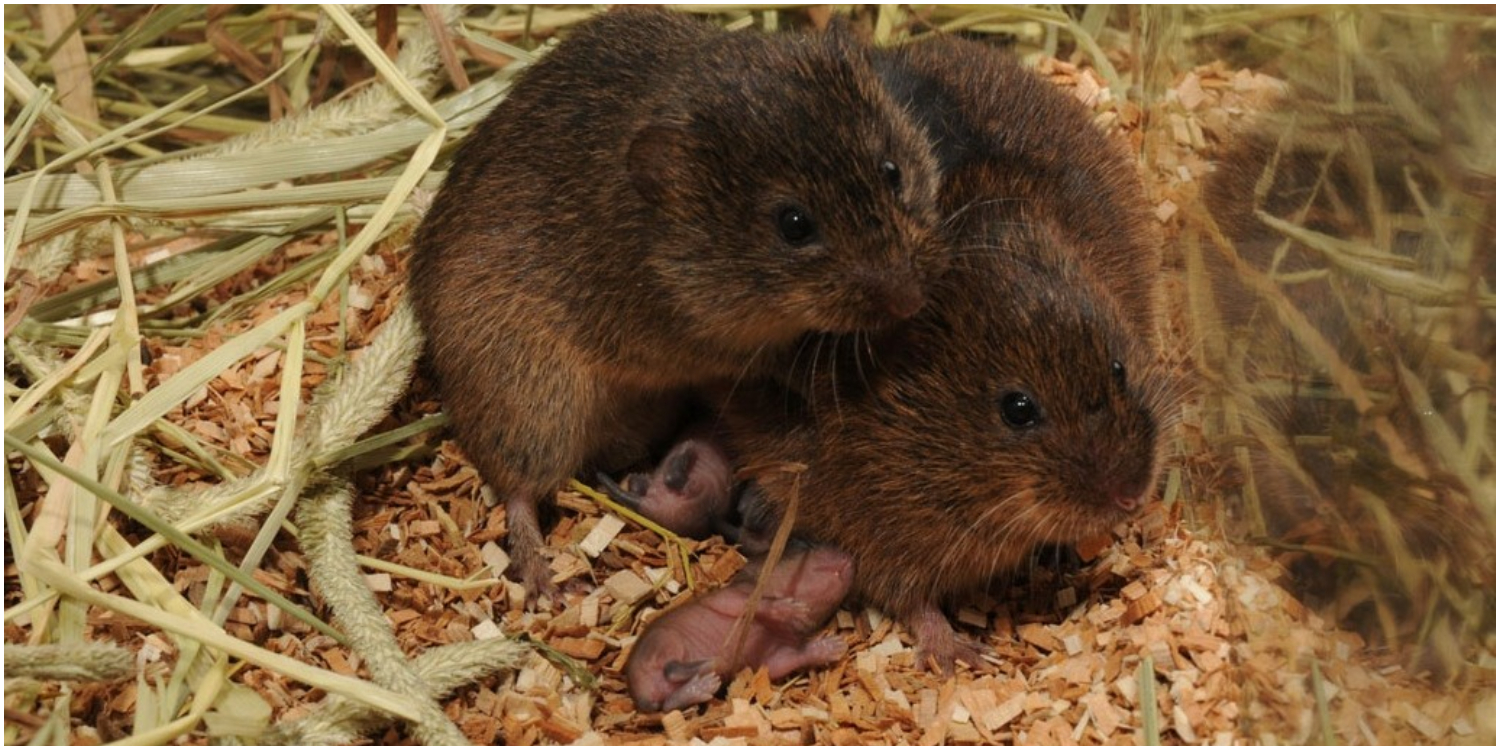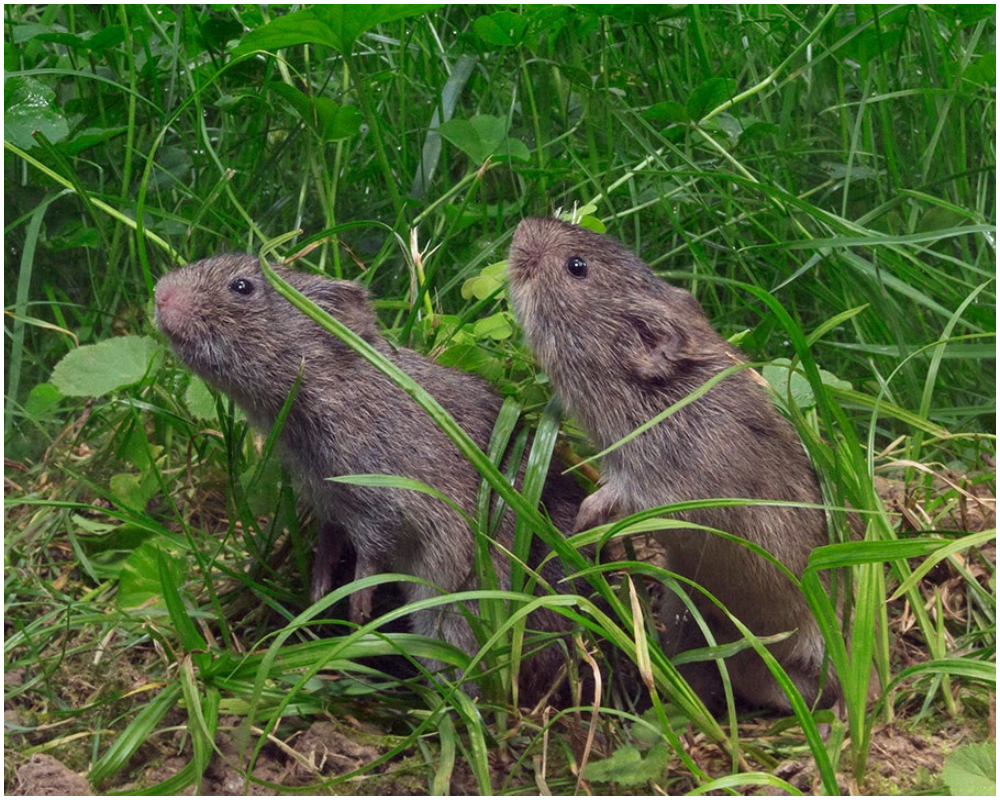The Intriguing Connection Between Prairie Vole Orgasms and Long-Term Love
In the realm of animal behavior, researchers have uncovered a fascinating link between orgasms and long-term bonding in prairie voles, small rodents native to North America. Unlike many other mammalian species, prairie voles form enduring pair bonds with a single mate, often remaining together for life. Recent studies have revealed that orgasms may play a crucial role in cementing these relationships.

During mating, prairie voles experience a surge of oxytocin in their brains—the so-called “love hormone” associated with social bonding and trust. This neurochemical cascade not only enhances feelings of pleasure and arousal but also fosters a sense of attachment between mates. Research suggests that these oxytocin surges triggered by orgasms may lay the groundwork for enduring pair bonds in prairie voles, shaping their behavior and interactions over time.
But the influence of orgasms doesn’t end with the immediate mating encounter. Studies have shown that the effects of oxytocin surges extend beyond the moment of climax, influencing the voles’ behavior in the days and weeks that follow. By triggering changes in neural pathways associated with reward, motivation, and social bonding, orgasms may contribute to the formation and maintenance of long-term relationships in prairie voles.
Unraveling the Neurological Basis of Prairie Vole Bonding
To understand the neurological mechanisms underlying prairie vole bonding, scientists have conducted extensive research to map out the brain circuits and neurotransmitter systems involved in social behavior and pair bonding. Oxytocin, in particular, plays a central role in promoting social bonding and trust in mammals. In prairie voles, the release of oxytocin during mating acts as a potent catalyst for pair bonding, forging strong emotional connections between mates.

Additionally, dopamine—a neurotransmitter associated with reward and pleasure—also contributes to the bonding process by reinforcing positive associations with the partner. Through meticulous experimentation and neuroimaging techniques, researchers are gaining a deeper understanding of how these neurochemicals interact to shape prairie vole bonding behavior.
By unraveling the intricate interplay between oxytocin, dopamine, and other neurochemicals, scientists are not only shedding light on the mechanisms underlying monogamous behavior in rodents but also gaining valuable insights into the neural basis of love, trust, and attachment in both humans and animals.